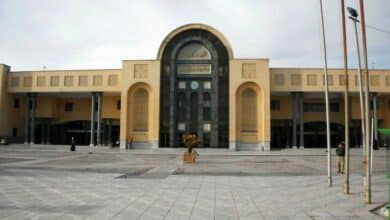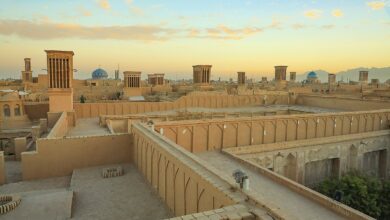Top Historical Sites to Visit in Iran: A Complete Guide
Uncover Iran's Rich History at Top Sits Like Persepolis & Isfahan
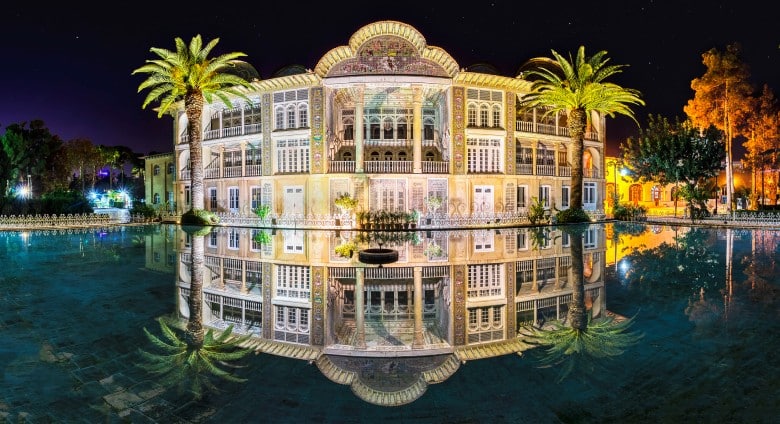
Iran sits in a cradle of history and culture, boasting great historical sites. Everything from towering ruins that echo the grandeur of ancient empires to the breathtakingly beautiful gardens speaks volumes about intricate craftsmanship in Persian architecture, which makes Iran a treasure trove for any real enthusiast of history. Below is a sample of ten such historical sites that epitomize the essence of the rich past of Iran.
Contents
1. Persepolis

Persepolis is one of the symbols of the civilization of ancient Persia, and long ago, it was a magnificent capital of the Empire of Achaemenid. This UNESCO World Heritage site, initiated by Darius I back in the 6th century BCE, really testifies to the architectural genius of the empire. Among the monumental remains that catch the visitor’s view are grandiose gateways, intricate bas-reliefs, and imposing staircases. It is a place that really touches the magnificence of the Achaemenid court and deep attachment to the world of antiquity that cherished art, culture, and management.
2. Naqsh-e Jahan Square (Imam Square), Isfahan
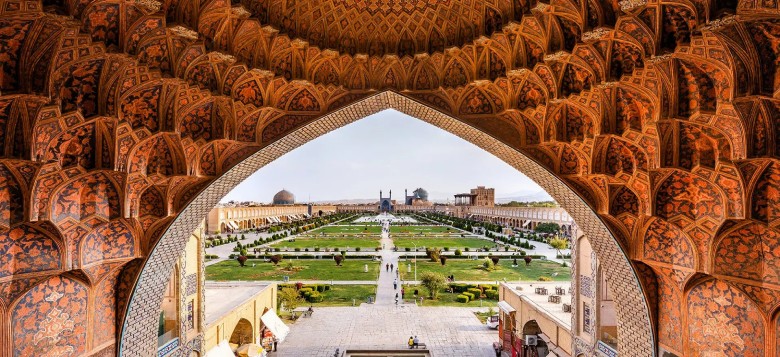
Being one of the largest city squares in the world, Naqsh-e Jahan Square is an architectural miracle for urban design, bounded by masterpieces from the Safavid era. This UNESCO World Heritage site is flanked by the magnificent Shah Mosque, the Sheikh Lotfollah Mosque, and the Ali Qapu Palace; all feature exquisite tile work and intricate craftsmanship. The latter serves not only as the epicenter of social activity but also as a very particular window into the political and cultural life of Isfahan in its heyday.
3. Golestan Palace, Tehran

Among many palaces in Iran, the Golestan Palace in Tehran epitomizes such lavishness accredited to the Qajar dynasty. This former royal complex merges great halls, reception rooms, and corridors into an infusion of Persian architecture with influences of Western artistry into a rich tapestry of design.
BOOK ONLINE
Iran Hotels
Inside, one can take a leisurely walk in well-manicured gardens or simply ogle at opulent halls such as the famous Mirror Hall and Ivory Hall, which exude the lush ambiance of the surrounding conditions. It reflects the royal history of Iran with an integration of different artistic traditions.
4. Pasargadae-The Tomb of Cyrus the Great
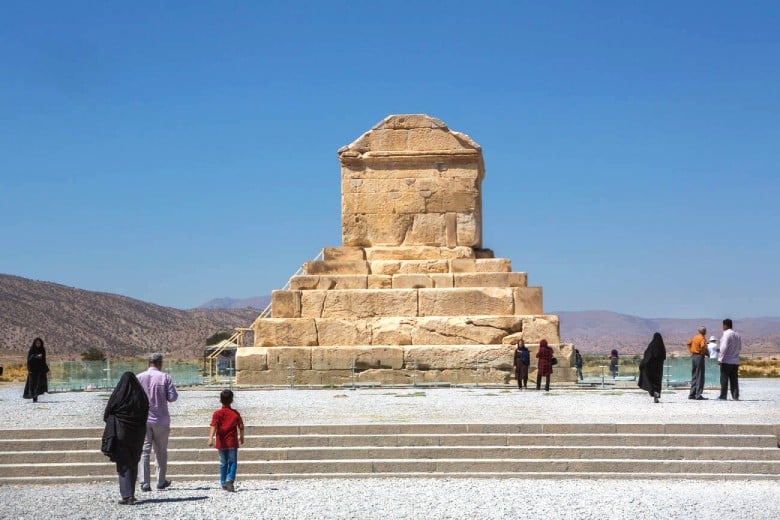
The founder of the Achaemenid Empire, Cyrus the Great, left his mark upon history, and his tomb in Pasargadae is such. Modest and respectful, this World Heritage Site by UNESCO is a fitting tribute to a ruler who believed in human rights and cultural tolerance. It is contoured by a vast garden, with sombered stone inviting reflection among visitors in relation to the continuing legacy of Cyrus and what he envisioned for a future that should not be missed by those interested in the very roots of governance and leadership.
5. Takht-e Jamshid (Persepolis)
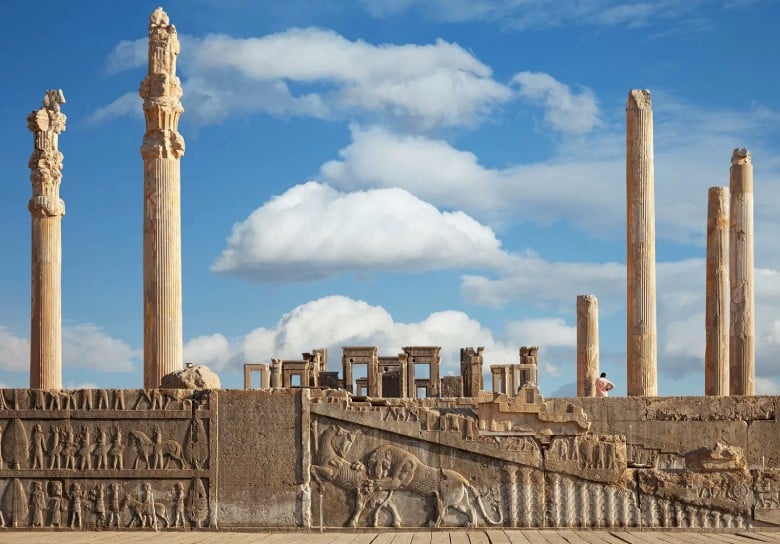
Sometimes used interchangeably with Persepolis, Takht-e Jamshid refers only to the major ruins of this ceremonial capital. Its numerous palaces and monumental bas-reliefs represent the richly varied peoples of the Achaemenid Empire bearing tribute to the king. This marriage of high artistry and monumental size speaks volumes about the cultural diversity and architectural sophistication of the empire. Going to this place almost allows one to hear the echoes of grand ceremonies that once took place here.
6. Historic City of Yazd
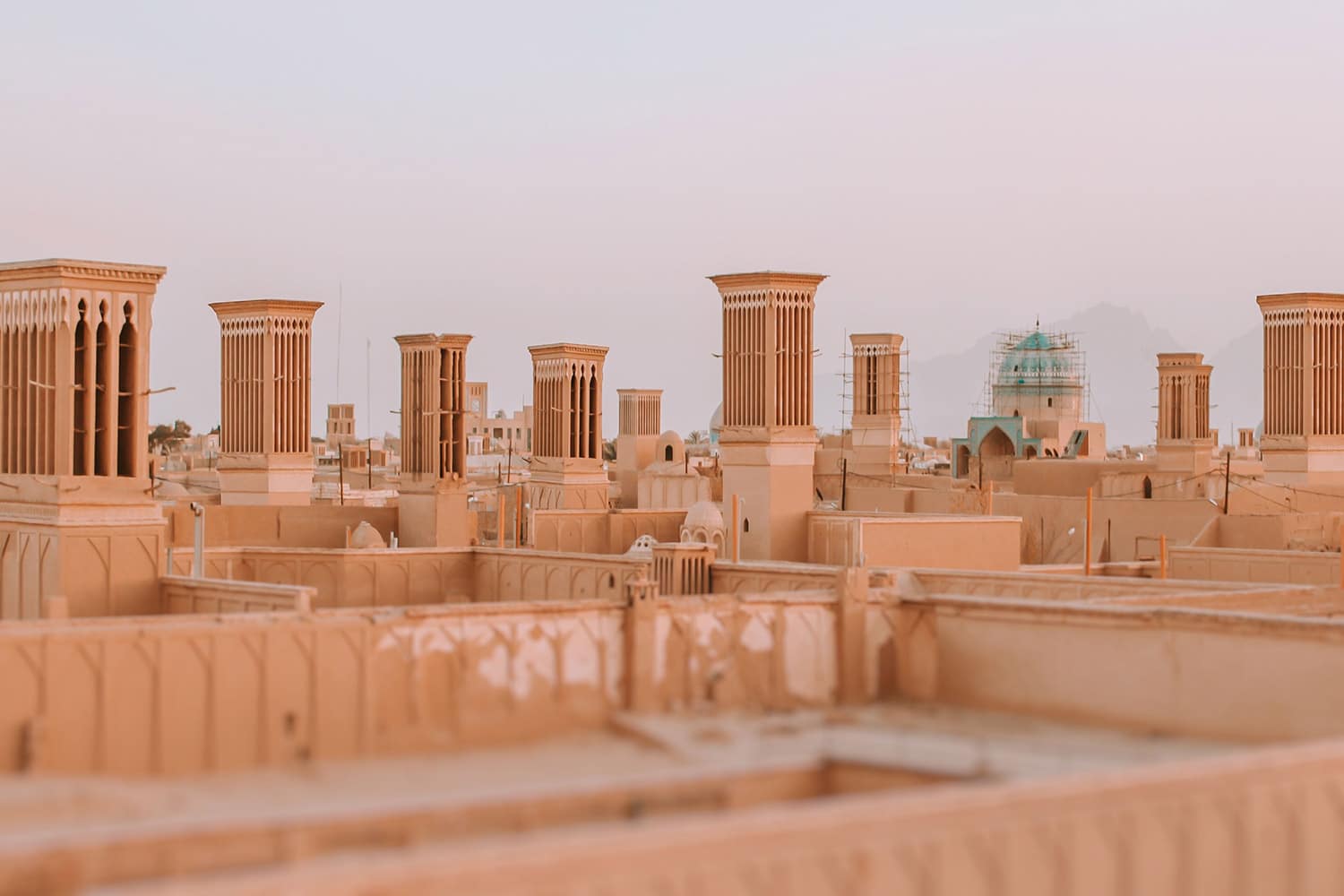
Yazd constitutes a typical windcatcher, its Zoroastrian community and UNESCO-protected traditional Persian architecture. The narrow, almost alley-like streets, the domed rooftops, and the ingenuous water managing system all stand in testimony to the civilization that had flourished in the most inhospitable desert climate. One can pay visits to the Towers of Silence, historic mosques, and local bazaars-to name a few-all, amidst an atmosphere that seems ancient yet modern.
7. Ziggurat of Chogha Zanbil

The Ziggurat of Chogha Zanbil represents an outstanding example of an Elamite building and is included in the UNESCO World Heritage List. Dated from about 1250 BCE, it testifies to the architectural skill of the Elamite civilization and is a place of cult use dedicated to the god Inshushinak. The big mud-brick structure of the ziggurat, with its peculiar architecture, makes it an object of great interest in the framework of ancient religious practices and town planning.
8. Hafez’s Tomb in Shiraz
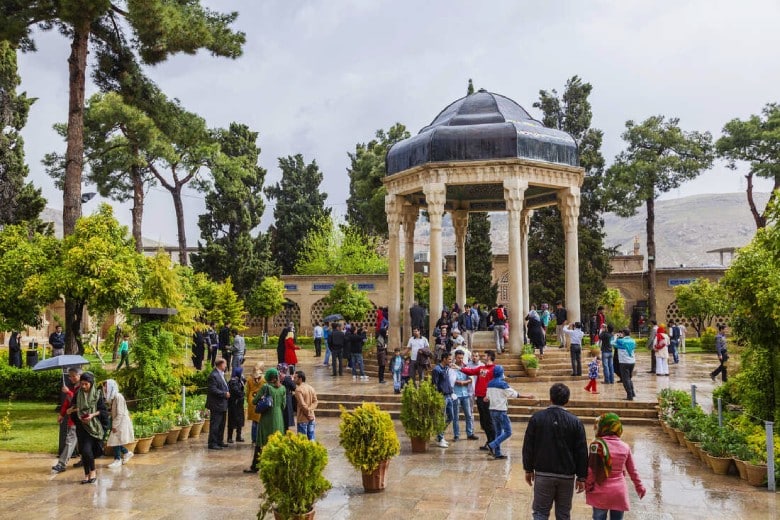
Literature lovers consider Hafez’s tomb in Shiraz a place of pilgrimage to one of the greatest poets in Persian literature. The breezy grounds around the tomb are landscaped in such a way that peace comes into your mind and draws visitors to pay homage to his timeless verses on love, philosophy, and nature. Contemplate how Iranian society is attuned to appreciating poetry; therefore, it’s an ideal spot for those who want to seek inspiration from the genius of such literature.
9. Eram Garden, Shiraz
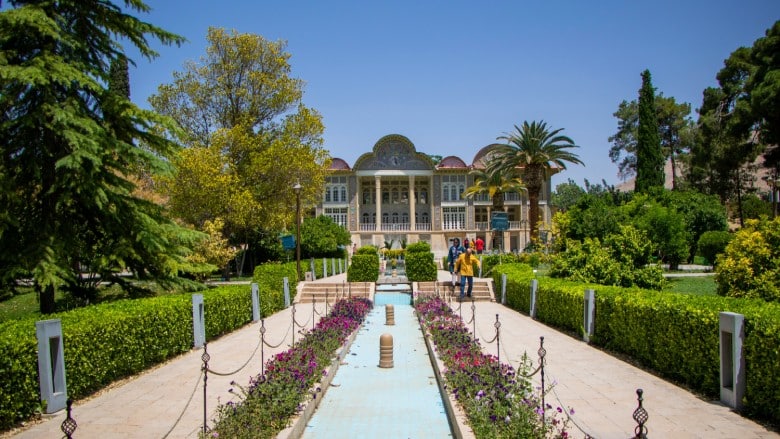
Other jewels of Shiraz include the Eram Garden, which enlisted in UNESCO’s roster as a World Heritage site because of its unforgettable beauty. The Persian garden was built in the Seljuk Period and is a specimen of a symmetric landscape with reflecting pools culminated by an iconic Qavam House. It is the epitome of Persian landscape design, with serene surroundings replete with perfumy flowers and historic architecture, a place where guests can experience a slice of the aesthetic values of ancient Persia.
10. The Bridge of 33 Arches (Si-o-se-pol), Isfahan
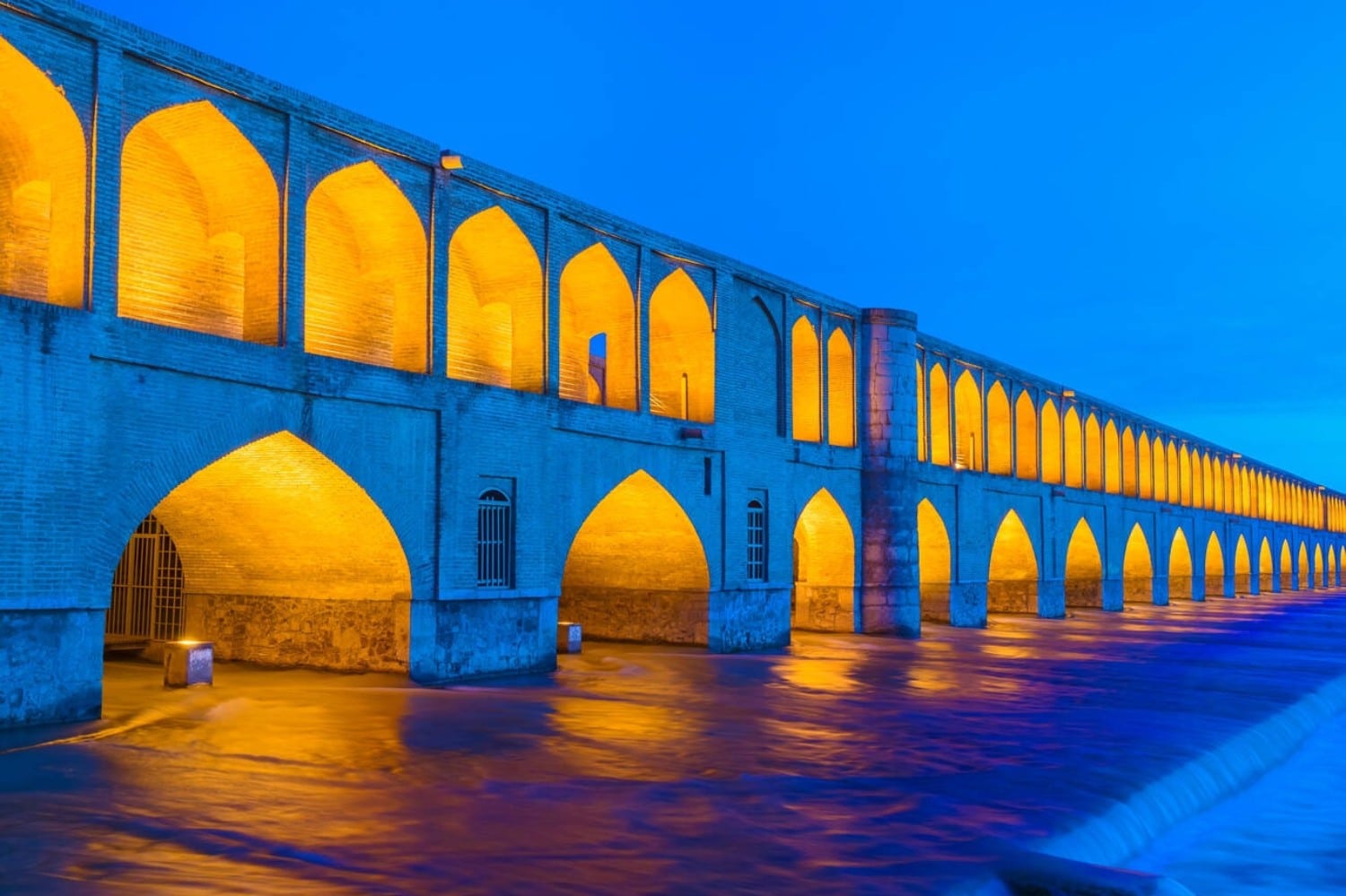
The Si-o-se-pol, more correctly, the Bridge of 33 Arches, is an iconic signature of the rich heritage of Isfahan. To many, it is considered one of the finest in the world, crossing the Zayandeh River in a decorated arch of aerated brickwork and beautifully cut arches. It’s not only mobile with a practical purpose, but it’s also mobile in one of the most dynamic social areas in town, teeming with people, music, and sunsets magically reflected in the water.
Book Iran Flights
Buy Iran flight tickets at the lowest price
Explore Iran’s culture and history with affordable and reliable flight tickets.
Conclusion
These ten sites are but a minute sampling of the myriad riches of Iranian culture and civilization. Each has its own story to tell concerning innumerable influences that have interacted with the evolution of a great civilization over millennia. For any traveler in search of history, architecture, and culture, Iran is a destination promising unforgettable experiences steeped in echoes of its glorious past.
FAQ
What is Persepolis known for?
Persepolis is known as a symbol of ancient Persian civilization and was the magnificent capital of the Achaemenid Empire, featuring monumental remains that showcase the architectural genius of the empire.
What distinguishes Naqsh-e Jahan Square in Isfahan?
Naqsh-e Jahan Square is one of the largest city squares in the world, surrounded by masterpieces from the Safavid era, including the Shah Mosque and the Sheikh Lotfallah Mosque, illustrating exquisite tile work and craftsmanship.
What can visitors find at Hafez’s Tomb in Shiraz?
Hafez’s Tomb is a revered site for literature enthusiasts, surrounded by beautifully landscaped grounds that invite visitors to pay homage to the famous Persian poet’s verses on love and philosophy.




